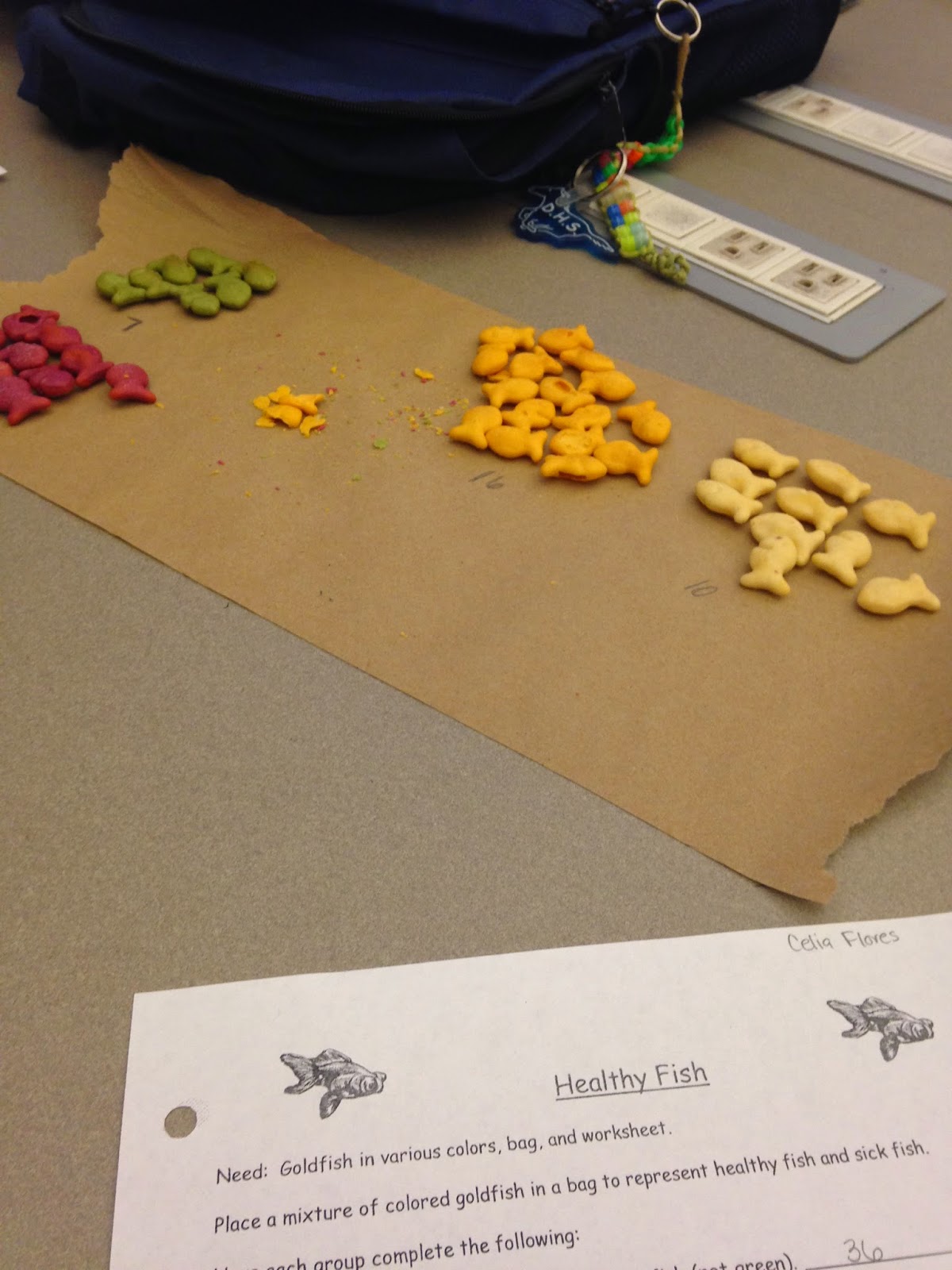Graphs!
Where you scared to look at this blog because it had the word "statistics" on it? Come on tell the truth you jerked and almost left my blog. It's okay, I did the same thing in class, I almost walked straight out of class because I thought "this is it, this is were I fail." No worries though I am going to talk about the use of a variety of graphs to display data and explore relationships among data.
Our class was given each a sample bag of m&m's to construct about four graphs which were a real graph, pictograph, dot plot, and a bar graph. Each one was about the m&m's but each one showed data differently.
First, we made a real graph were we put the actual m&m's on a graph were the horizontal axis was labeled with the colors brown, green, orange, red, blue, and yellow. The vertical axis was labeled with the frequencies of zero through ten and the title of the graph was Graph 1: Frequencies of m&m's. A real graph is were you use actual items and put them on a graph to show how many of each there are. Next, we made a pictograph by coloring in where each m&m was and removing them from the graph. A pictograph uses pictures or symbols to show the value of the data. Later, several small dot plots were needed to be made to record how many m&m's of each color each student received and calculate the average for each color by using the dot plots. Using the dot plot we constructed the last two graphs which were another pictograph and a bar graph. They both showed the same data but the bar graph was easier to read and calculate the exact numbers for each color.
At the end of the lesson I understood that graphs are used to show different types of data in different ways but some also carry a relationship between each other. My favorite types of graphs are pie graphs because they show data as a whole so you can see which subject is most effective. How about you what is your favorite type of graph.






















